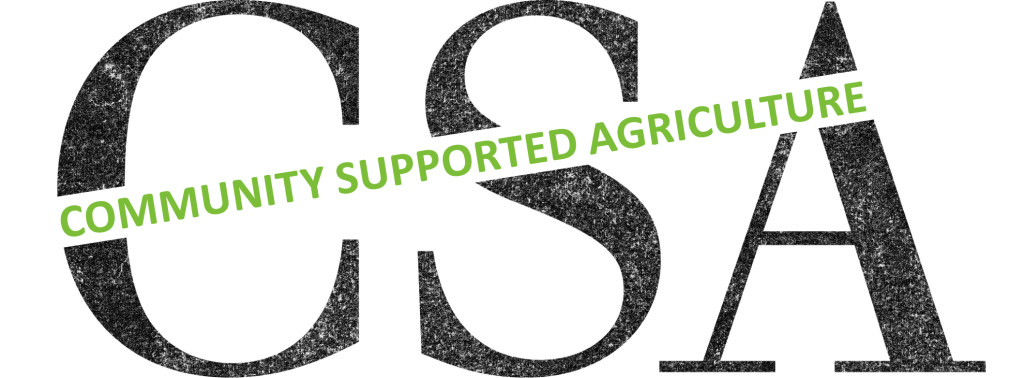In Ithaca, New York, where I spend most summers and holidays, one can pick from among several Community Supported Agriculture projects. You pay in advance for a “share,” and each week of the growing season you receive a bag or box of whatever local produce happens to be ripe and ready. This economic model provides a certain amount of insurance to the farmer, whose income no longer depends upon optimal growing conditions. If bad weather or blight hits, or if there’s some other catastrophe that harms the crops, the farm and farmer will survive.
CSAs have grown and proliferated to the point where these days they almost seem ubiquitous. I can now buy a share in a flower CSA, a meat CSA, a fruit CSA, and even a bread CSA, or “crust-fund,” offered by a local artisanal baker.
It was not ever thus. Back in the late-1980s, I was part of a merry band of renegades who started the second or third (depending upon whom you ask) CSA in the country. We had a small farm in Washington County, New York, and with a lot of hard work, were able to recruit eighty members the first year; in subsequent years we capped our membership at 100 families. A few years in we negotiated an arrangement with a farm that had a small bakery cobbled together from the kitchen of a defunct schoolhouse. I became one of the bakers, and each Friday for the growing season I took mornings off from my job, left my home in Albany, NY at 4:00 a.m., drove to Caretaker Farm in Williamstown, Mass, ground the wheat and baked loaves of whole-wheat bread that I delivered to our shareholders. (Our CSA lasted for seventeen years. You can listen to our farmer Janet Britt talk about our early days here beginning at 5:00).
It was from my experience as a shareholder in a CSA that I learned the value of eating seasonal produce. To this day I cannot eat a tomato in November. My CSA membership led me to speculate about the origins of certain dishes, the discovery of which “does more for human happiness than the discovery of a new star,” as the French gourmand Jean Anthelme Brillat-Savarin famously observed.
One day in late summer during my first year, my CSA bag contained eggplant, tomatoes, zucchini, onion, and celery. How would I combine these ingredients? Caponata! Of course! I like to imagine that the dish had its origins in much the same way: a home cook in Sicily harvested her kitchen garden, raided her pantry (for dried currants, pine nuts, olives, olive oil, and vinegar), and voila! a new dish was invented.
CSAs are great. They force a cook to be creative. If you cannot grow your own food you can at least support those who grow it for you. The New School makes first-hand experience of a CSA available to students. Hat tip to Milano Professor of Management Dennis Derryck, who founded the Corbin Hill Project, which connects farmers in the Finger Lakes Region of New York State with New York City communities. The New School is a drop off point for weekly shares. You should join!
feature image via Crabtree Farms.


Comments are closed.